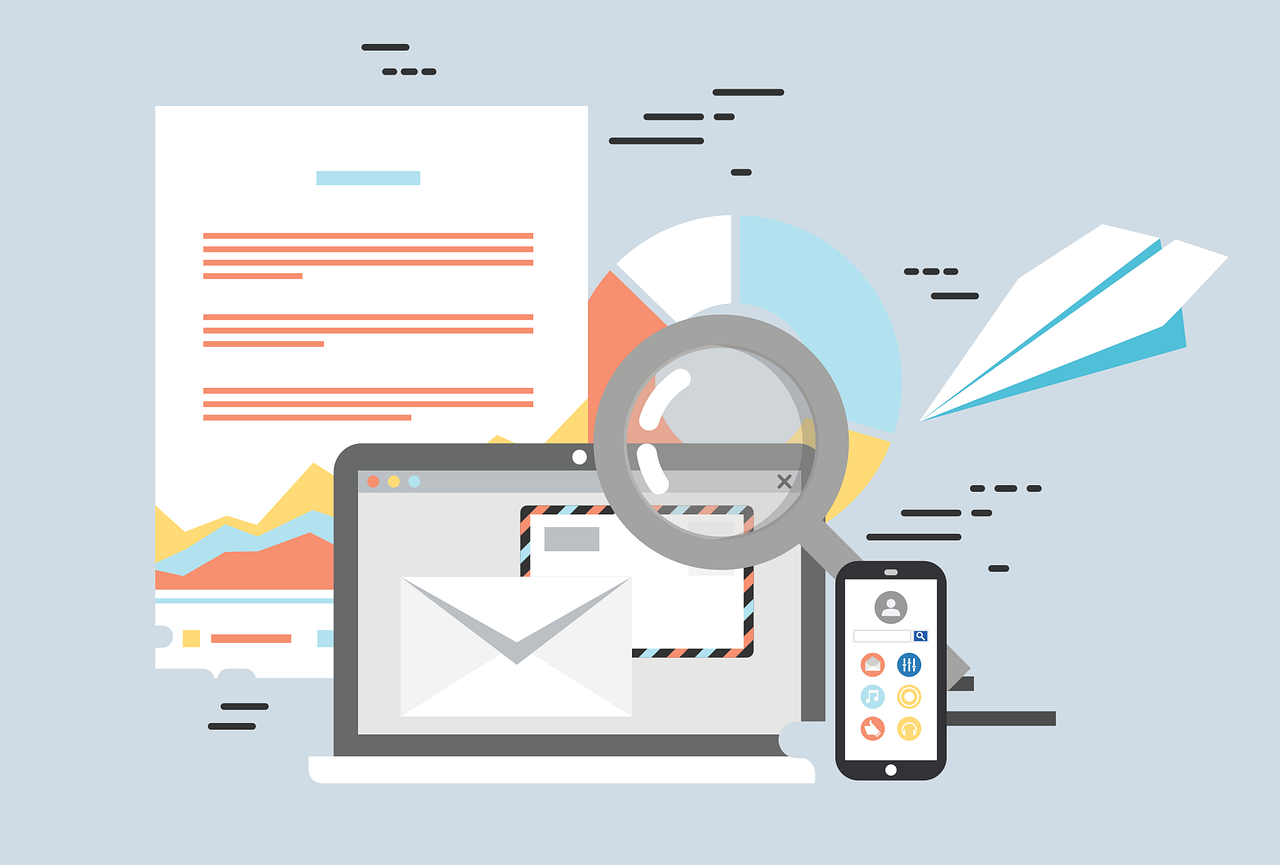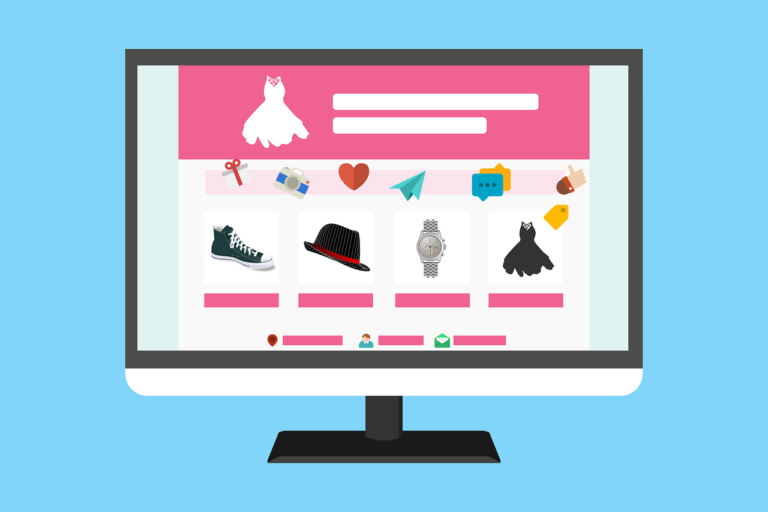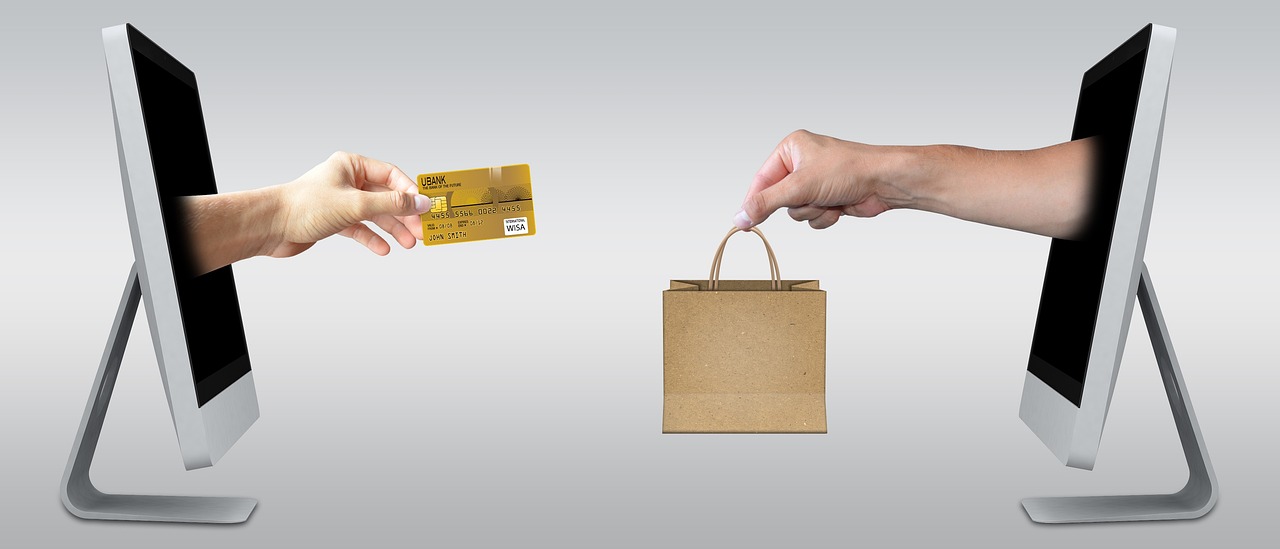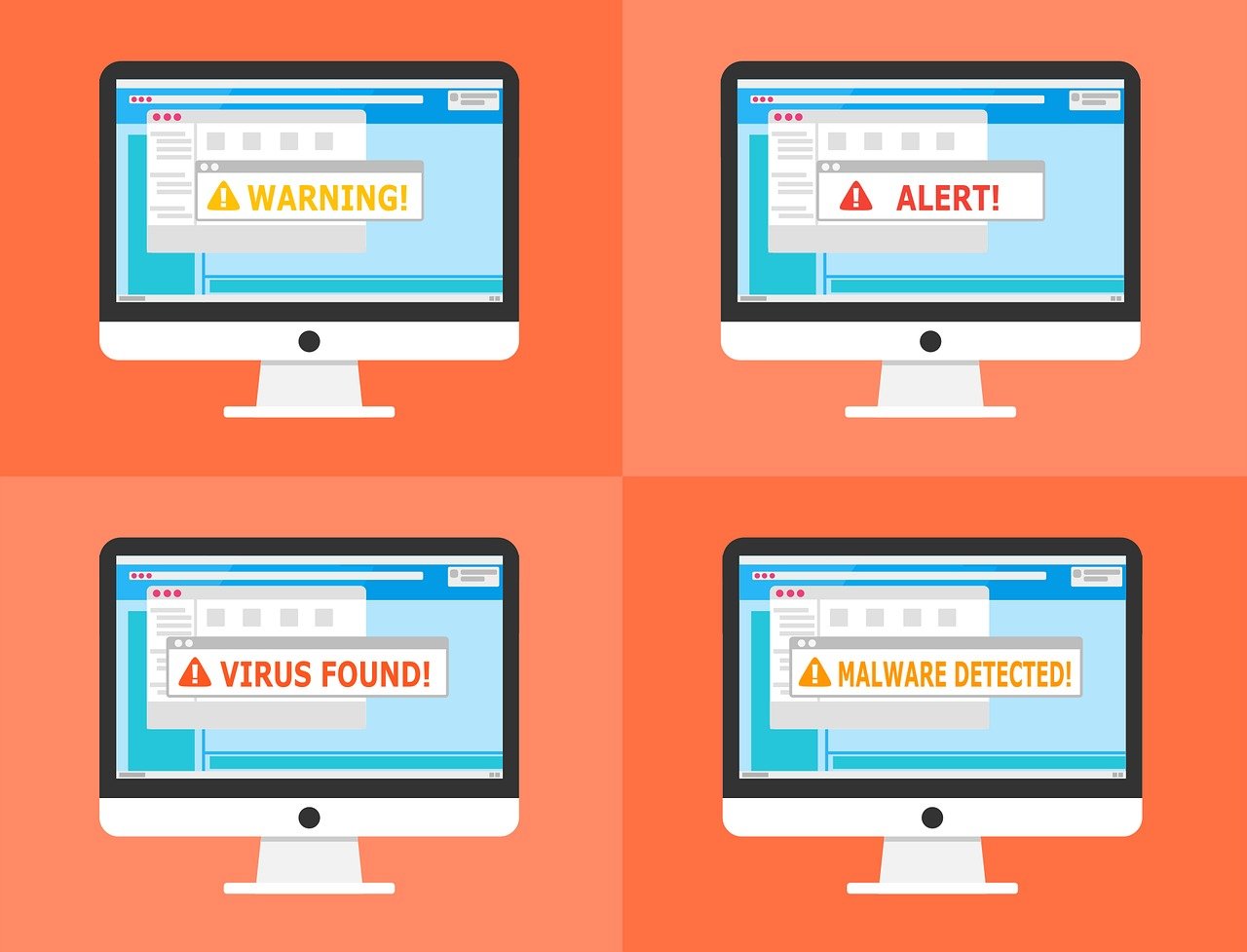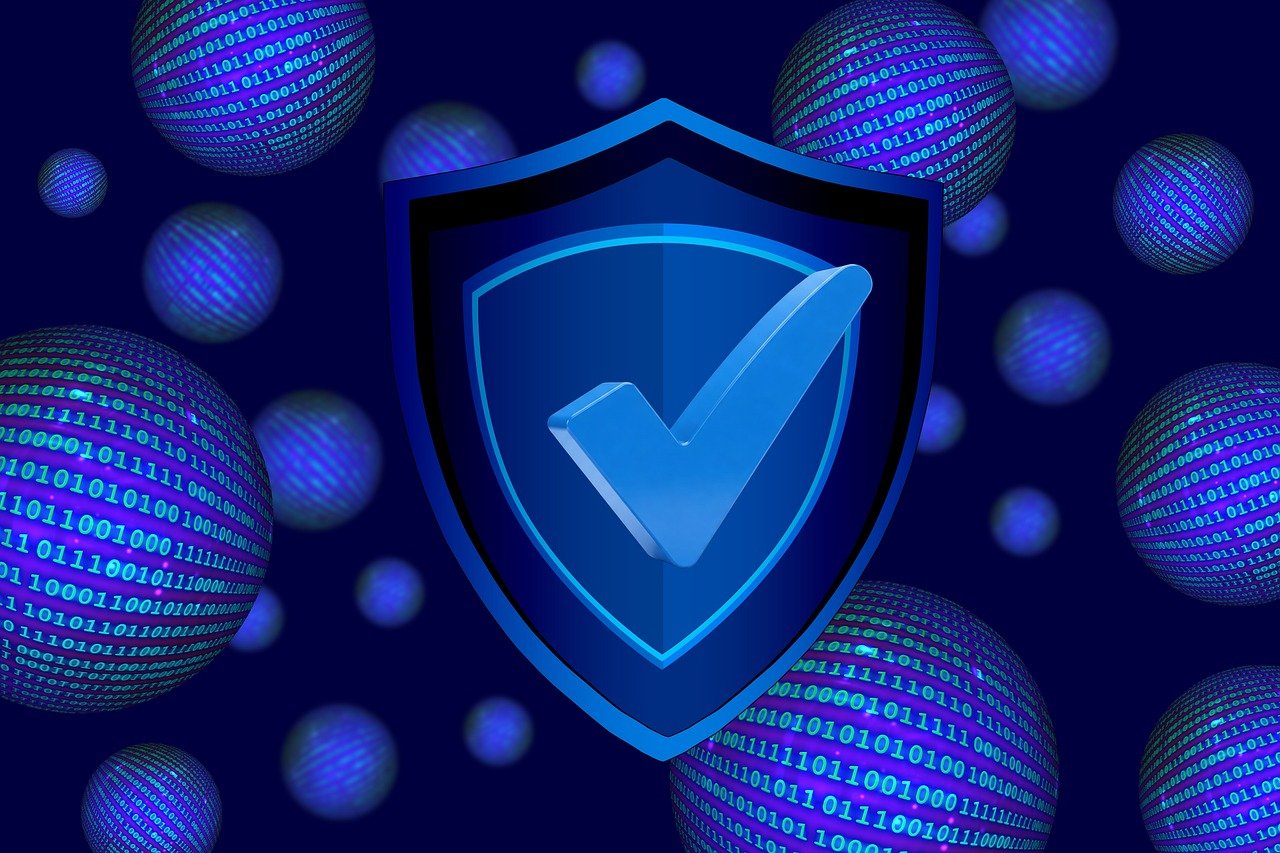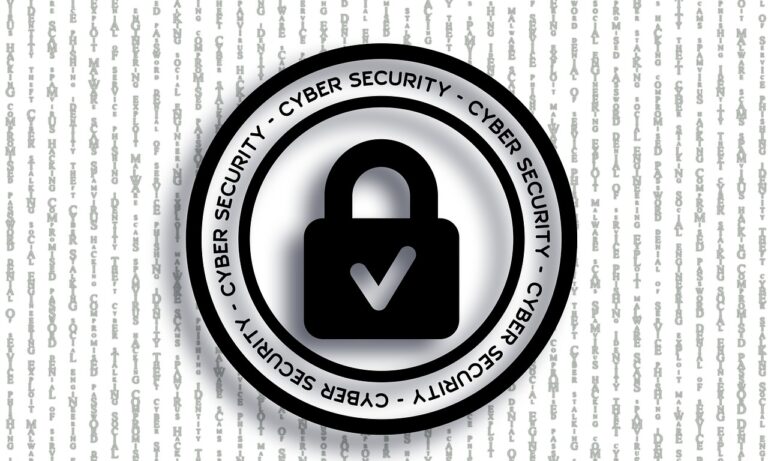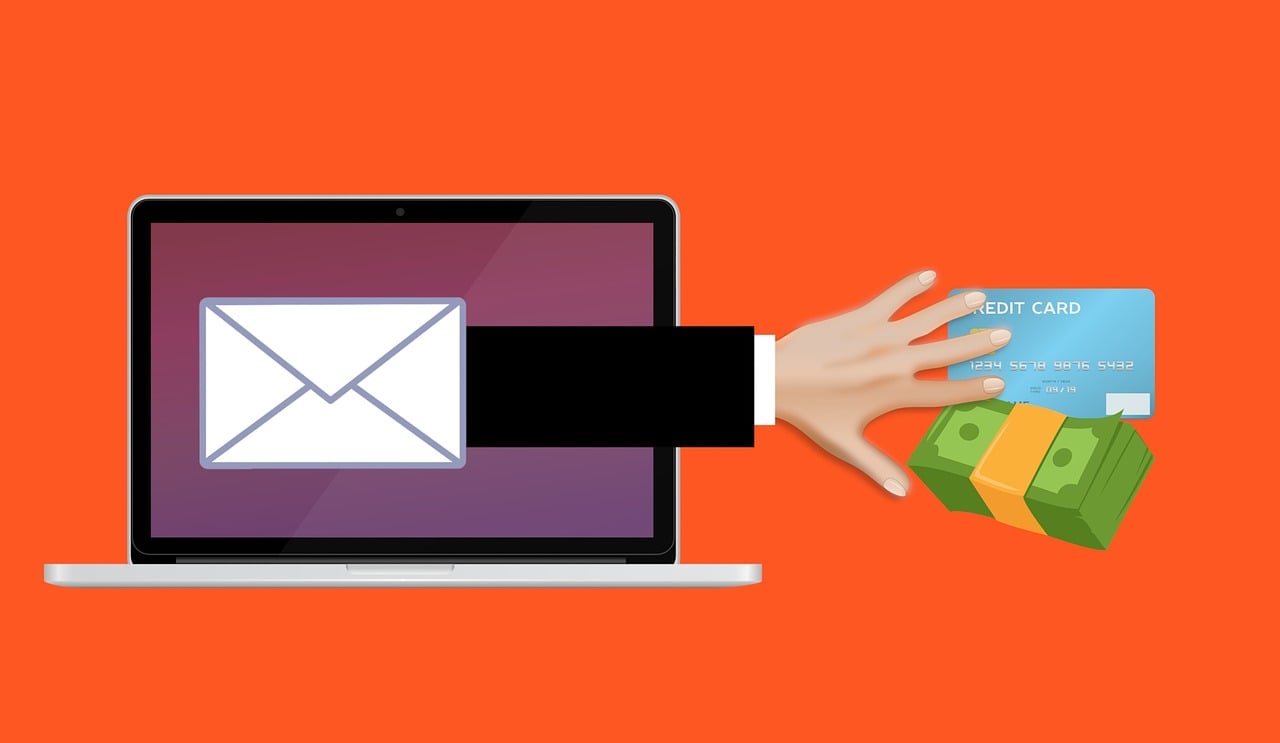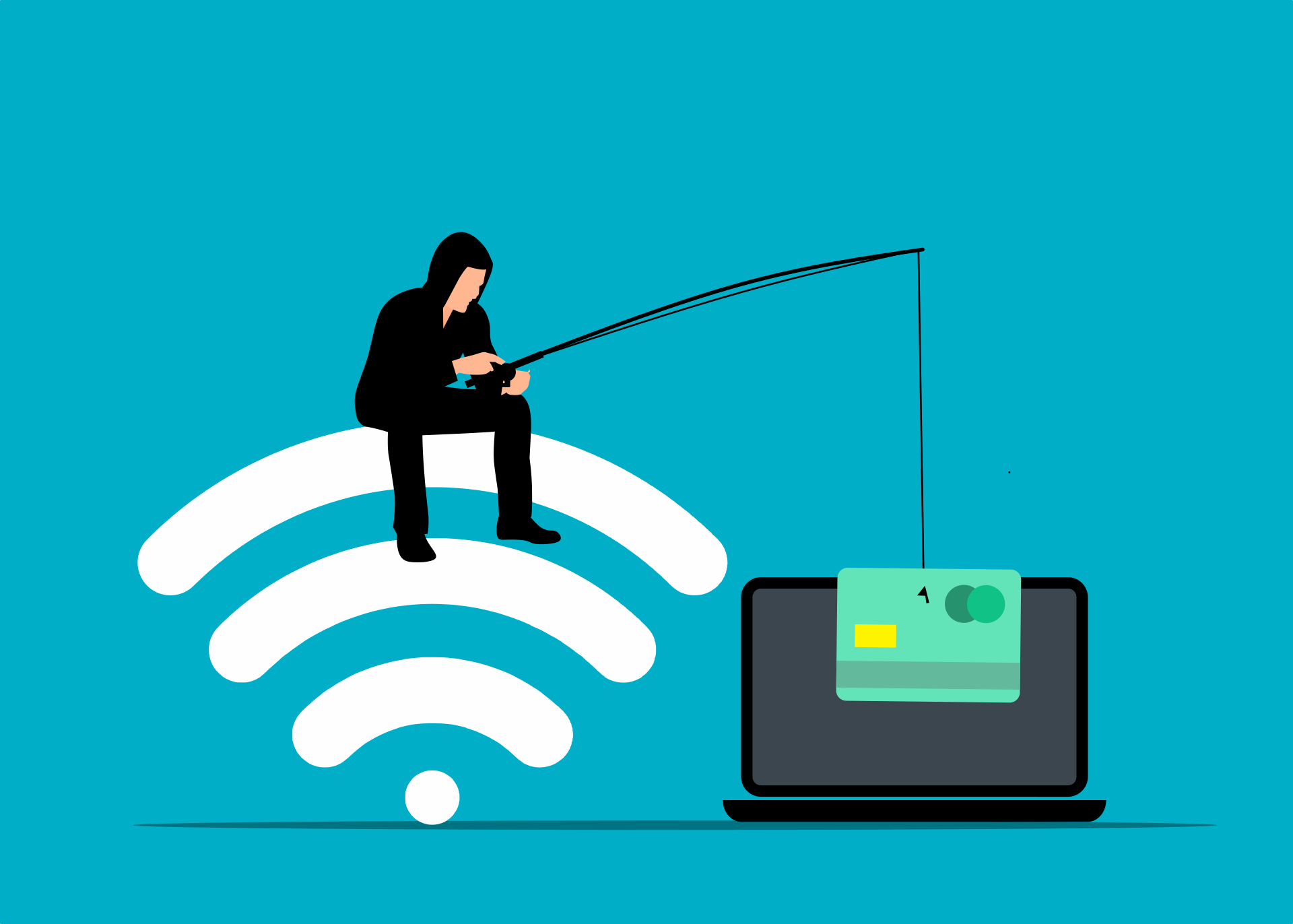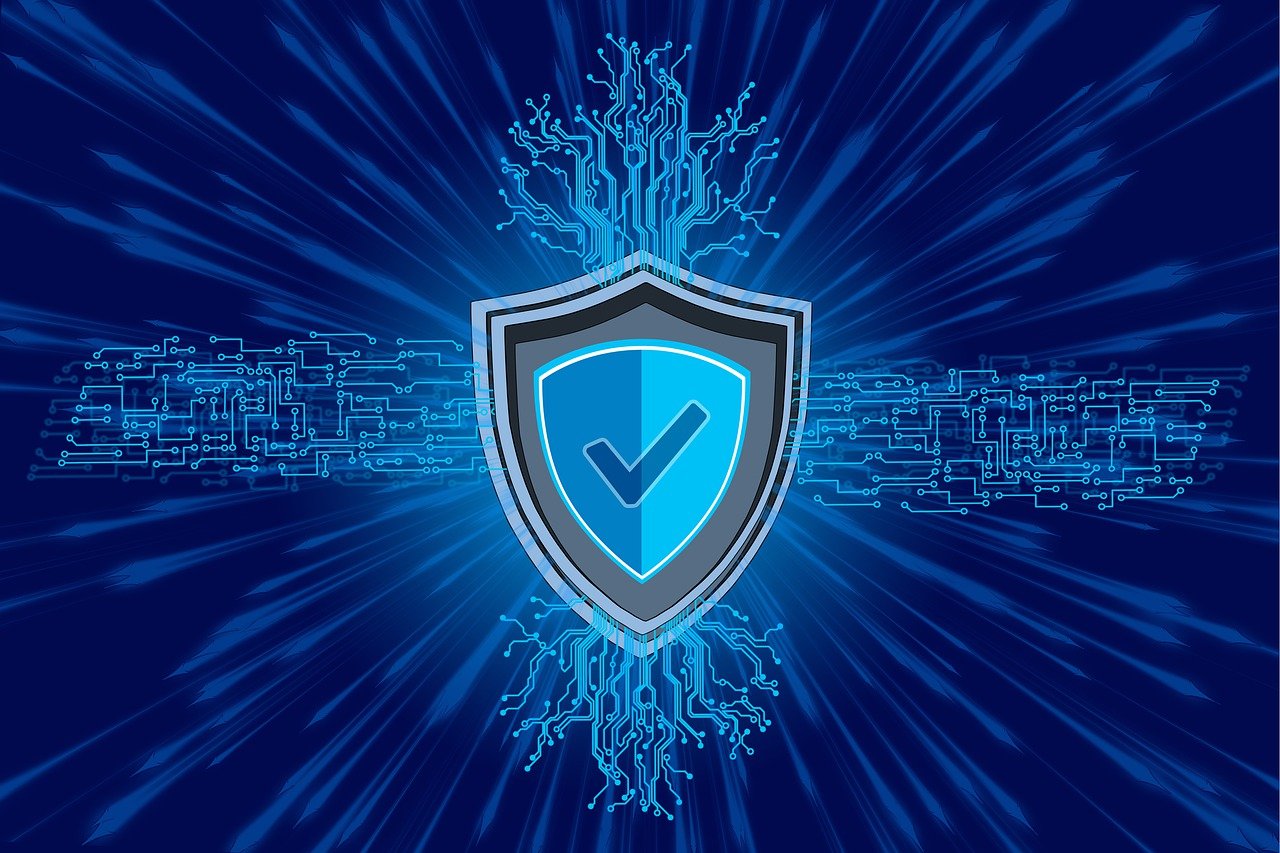Here, I will share with you 5 industries that DevOps is transforming …
DevOps has wholly transformed how several industries operate. This article will explore five industries where DevOps is making a significant impact.
Table of Contents
Industries That DevOps Is Transforming
1. Financial Services
In the financial services industry, DevOps is a perfect fit. The need for speed and agility is crucial for this sector as banks strive to keep up with the ever-changing demands of their customers.
The ability to scale up or down quickly, integrate with other systems, work with legacy systems, and react quickly to market changes are all characteristics that DevOps can help provide.
Gone are the days when a one-size-fits-all approach was the answer to all of the problems in the banking sector. This sector has seen some major transformations over the past few decades, thanks partly to new technologies like cloud computing and big data analytics.
With these new tools available at their disposal, along with DevOps practices applied across all aspects of IT infrastructure management (ITIM), financial companies can now achieve greater efficiency in areas such as customer service response times (CSRT).
JFrog recently shared a case study of a leading international bank in the Asia-Pacific region that has been able to scale its IT infrastructure rapidly while also improving the quality of its applications and reducing costs. The bank is a significant player in the region’s online retail market, with customers worldwide.
2. Insurance
 Insurance is an excellent example of an industry that can benefit from DevOps. It’s no secret that insurance companies have to manage risk, and the better they are at managing risk, the more money they make. This means that improving your risk management process is one way to increase profits across the board.
Insurance is an excellent example of an industry that can benefit from DevOps. It’s no secret that insurance companies have to manage risk, and the better they are at managing risk, the more money they make. This means that improving your risk management process is one way to increase profits across the board.
In addition to managing risks more effectively, DevOps also helps insurance companies by enabling them to be more proactive about their business operations.
By using software development tools like continuous integration (CI) and continuous delivery (CD), insurance companies can implement changes quickly without waiting for approval from regulators or other parties involved in the implementation process before making those changes live in production environments.
READ ALSO: AI Revolution: Protecting Your Cyber Future
3. Healthcare
There are many ways that DevOps is helping the healthcare industry:
- One of the most important ways is to improve patient care and reduce costs.
- DevOps helps ensure that patients receive quality treatment without waiting for appointments or going through lengthy procedures.
- It also reduces costs by making it easier for employees to find relevant information fast so they can provide better treatment with less time spent on research or training sessions.
DevOps has also enabled advancements in the healthcare industry, such as creating new products and services, improving patient experiences, and increasing efficiency at hospitals, clinics, and other health-related organizations
4. Marketing & Advertising
DevOps is transforming marketing and advertising because it makes it easier to deploy new software, scale up or down quickly, respond to market and customer base changes, and more.
One of the biggest challenges for marketers is keeping up with emerging technologies. The need to be able to react quickly to these changes was one of the reasons Slack was so popular with companies like YouTube and Ticketmaster when they first launched their chat groups.
5. Real Estate
The real estate industry is going through a significant transformation, with technology playing a pivotal role in the changes. The number of transactions and data involved makes the industry ripe for DevOps practices, which help improve customer experience and agent productivity.
Housing search engines like Zillow and Redfin have become household names, but these sites rely on information from agents who need to update listings regularly if they want to compete with other sites.
This creates massive amounts of data—and DevOps allows these companies to access that information more efficiently without losing quality control over their accuracy or timeliness.
As a result, buyers can easily find the perfect home based on their needs, while agents aren’t spending hours updating listings manually when they could be showing homes instead.
In addition, because all parties involved are connected through apps that support instant notifications when something new happens (like an open house), everyone can stay on top of what’s happening at any given moment rather than waiting days or even weeks for responses due to snail mail delivery services like FedEx Ground®.
READ ALSO: 2024 Cybersecurity: The Rise of CyberAttacks
FAQs About DevOps Transformation
Is DevOps a one-size-fits-all solution?
While core principles remain consistent, DevOps implementation can be customized to fit the specific needs and size of each organization.
What are some challenges of adopting DevOps?
- Cultural shift: Breaking down silos between Dev and Ops teams requires a change in mindset and collaboration practices.
- Automation skills: Implementing DevOps often requires teams to develop new skills in automation and tooling.
- Security considerations: Security needs to be integrated throughout the development lifecycle within a DevOps approach.
How can businesses measure the success of their DevOps transformation?
- Faster software delivery times
- Improved deployment success rates
- Increased developer and IT team productivity
- Enhanced customer satisfaction
What’s the future of DevOps?
DevOps is expected to continue evolving with a focus on:
- Artificial intelligence and machine learning for automation
- Cloud-native development for greater scalability and flexibility
- Security automation for continuous integration and deployment
Conclusion
DevOps has a lot of potential to transform these industries, but it’s important to remember that it can be challenging. The first step is understanding the basics of DevOps and how it can be applied in your industry.
Once you know how you want to implement DevOps and what tools would work best for your company, start getting hands-on experience!
It might take some time before there’s widespread adoption across all industries, but the benefits are worth it: faster innovation cycles with higher quality software.
What do you think about the industries that DevOps is transforming? Leave a comment below.
INTERESTING POSTS
- 6 Ways To Optimize Your DevOps Team Productivity
- 5 Cybersecurity Tips For Real Estate Agents
- Web Host Agents Scam Exposed [Eye Opener and Must Read]
- Best Practices And Recognized Approaches Of Software Development
- Google Rolls Out New Restrictions for Political Advertisers
- The Random Revolution: How RNGs Are Powering Industries in 2025





